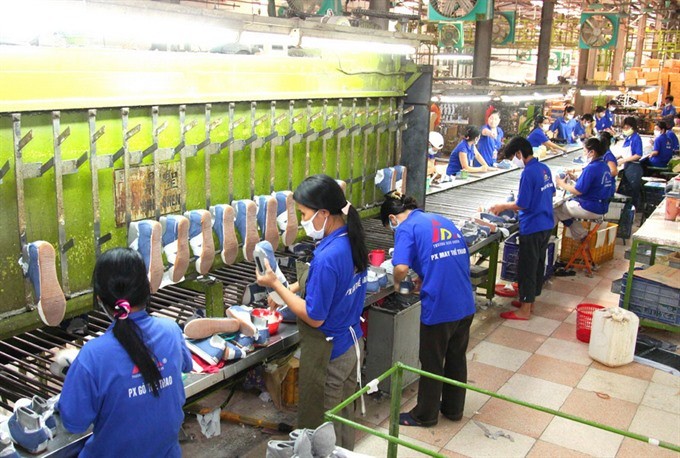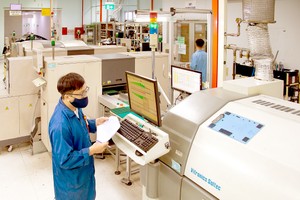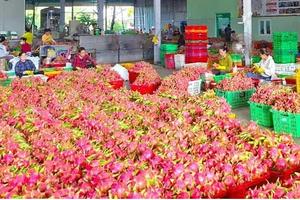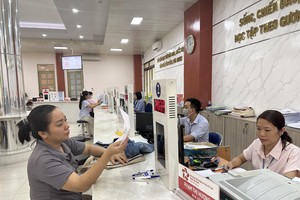
Therefore, economic sectors should take the initiative in economic restructuring in order to maximise the benefits of the pact, which was scheduled to be inked in Chile on Thursday (local time) by ministers from its 11 member countries, Anh told the Vietnam News Agency.
The minister said such sectors as garment-textiles, footwear, food processing, beverage, confectionery, tobacco and wine and beer will benefit most from the deal. He cited a study jointly conducted by the World Bank (WB) and the research institute under the Ministry of Planning and Investment as saying that Việt Nam’s GDP would be 1.1 per cent higher than otherwise expected in 2030 thanks to the CPTPP.
Like other member economies, Việt Nam has committed to market opening and trade facilitation and liberalisation towards lifting non-tariff barriers, the minister said.
At the same time, the country will continue to streamline State management of market development, he said, stressing that through the agreement, the competitiveness of the national economy as well as businesses will be likely improved.
Citing US$36 billion in foreign direct investment (FDI) poured into Việt Nam in 2017, Anh said the pact would lead to breakthroughs in the flow of investment into the country.
Domestic businesses, therefore, will have more resources to develop further and access technologies as well as quality human resources, the minister emphasised.
However, apart from opportunities, the agreement would pose challenges to both the business community and people if less attention was paid to fulfilling integration commitments, the minister warned.
He cited lessons from Việt Nam’s joining the World Trade Organisation (WTO) and signing of the Bilateral Trade Agreement (BTA) with the US to clarify his views.
The official said a number of fields in the agriculture sector like sugarcane exploitation and sugar industry have remained slow in restructuring, as compared with other sectors like telecommunications, e-commerce, garment-textiles and footwear.
The MoIT has designed specific communications projects in order to help businesses and people grasp opportunities generated by the agreement.
The ministry will also submit an overall action plan to the Government in preparation for the implementation of Việt Nam’s integration commitments while reviewing its legal framework.
Economist Nguyễn Lê Đình Quý said the CPTPP is the country’s largest free trade agreement to date and would provide momentum for Viet Nam’s economic reforms.
In joining the CPTPP, Việt Nam would have opportunities to promote its exports to big markets such as Japan, Australia, Canada and Mexico as well as attracting FDI into sectors which the country has demand for development.
In addition, it would also promote institutional reforms, creating a transparent investment and business environment, Quý said.
Lương Hoàng Thái, director of the MoIT’s Department of Multilateral Trade Policy, said Việt Nam would have more advantages in protecting its benefits because it participated in the pact from the beginning.
The CPTPP is set to take effect in early 2019 after it is ratified by at least six member economies. Its current member economies make up about 13 per cent of the global GDP.
After the US withdrew from the Trans-Pacific Partnership (TPP), the predecessor of the CPTPP, in 2017, the remaining 11 economies (Australia, Brunei, Canada, Chile, Japan, Malaysia, Mexico, New Zealand, Peru, Singapore and Việt Nam) agreed to maintain the deal and rename it CPTPP. They agreed on the revised content of the agreement on January 23, 2018. On February 21, the full text of the CPTPP was announced, which is considered a sign showing that the 11 countries are ready to sign the agreement.
More than 20 provisions of the CPTPP were suspended or changed compared to the TPP. Earlier, US President Donald Trump said his country would consider re-entering the CPTPP if the US could get a better deal. — VNS
























